 Shutterstock
Shutterstock
Before Instagram and paparazzi, oil paints and canvas were the tools of choice—and some dog breeds had already mastered the art of stealing the spotlight. These pups didn’t just sit for portraits; they lounged in royal courts, warmed the laps of nobility, and peeked out from beneath flowing skirts in countless masterpieces. Whether posing beside kings or reclining solo like seasoned models, these dogs claimed their place in art history. From Renaissance depth to Rococo flair, they’ve served as loyal companions, elegant muses, and charming scene-stealers in strokes of timeless beauty.
Cavalier King Charles Spaniel
 Shutterstock
Shutterstock
Few dogs embody aristocratic charm like the Cavalier King Charles Spaniel. With flowing ears and gentle expressions, they were favorites of European royalty—especially King Charles II, who practically made them his signature accessory. These elegant pups pop up in numerous paintings from the 17th and 18th centuries, often sprawled across velvet cushions or perched in royal laps. Their delicate appearance made them perfect subjects for painters wanting to capture grace and domestic affection. If oil paintings had filters, Cavaliers already came with “soft glam” built-in.
Greyhound
 Shutterstock
Shutterstock
Sleek, statuesque, and undeniably noble, the Greyhound has graced art for centuries—especially in medieval and Renaissance works. Symbolizing speed, grace, and loyalty, they were favored by the aristocracy and were often depicted in hunting scenes or quietly lying beside nobles. Their slender frames and dignified posture gave artists a way to add elegance and movement to their work. You didn’t need to caption a painting with “refined taste” when a Greyhound was already in the frame.
Pug
 Shutterstock
Shutterstock
These round-faced charmers made a splash in 18th-century paintings, especially among European aristocrats. Known for their playful, expressive faces and compact size, Pugs became status symbols in royal courts—particularly in the Netherlands and England. Artists loved their distinct features, and they often appeared beside powdered wigs, satin gowns, and piles of fancy drapes. A pug’s tiny body might occupy a small corner of the painting, but they always manage to steal the show.
Papillon
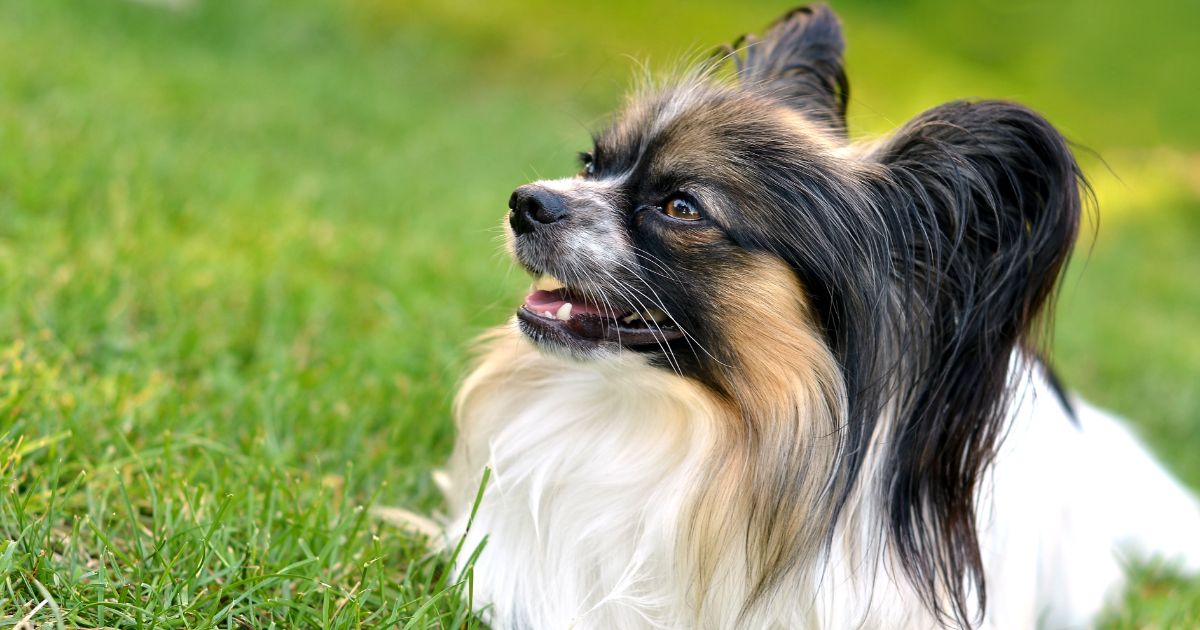 Shutterstock
Shutterstock
Named for their butterfly-shaped ears, Papillons were practically bred to be painted. Their dainty stature and lively expressions made them a go-to breed for portrait artists depicting the French elite. You’ll find them frequently in Rococo-era paintings, especially in works by masters like Watteau or Fragonard. With luxurious coats and a natural pose that says, “Yes, I know I’m fabulous,” Papillons fit seamlessly into a world of powdered wigs and gold leaf frames.
Maltese
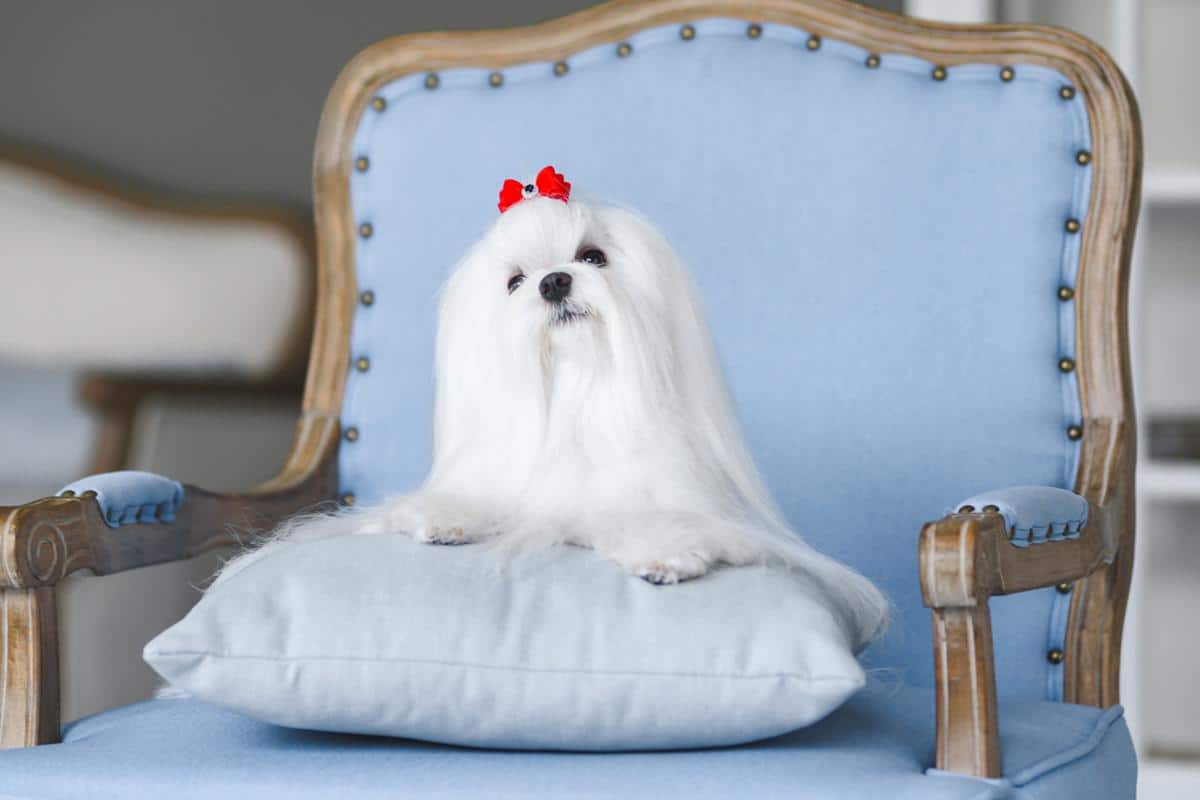 Shutterstock
Shutterstock
With their long, silky white coats, Maltese dogs were born to be bathed in candlelight and captured in classical oil paint. These dogs were popular among ancient Roman nobility and later became favorites in Renaissance and Baroque art. You’ll often see them cozied up with queens, duchesses, and high-society types in European paintings. Their pristine appearance symbolized luxury and purity—the 16th-century version of a curated Instagram feed.
Dachshund
 Shutterstock
Shutterstock
While they may seem like modern meme royalty, Dachshunds have been around—and painted—for centuries. Known for their unique silhouette and fearless personality, they frequently appear in 19th-century German and Austrian artworks. Often nestled at their owner’s feet or sniffing around in rural scenes, their quirky charm gave painters a fun way to add character and realism to domestic portraits. Bonus points if you spot one mid-wiggle.
Scottish Terrier
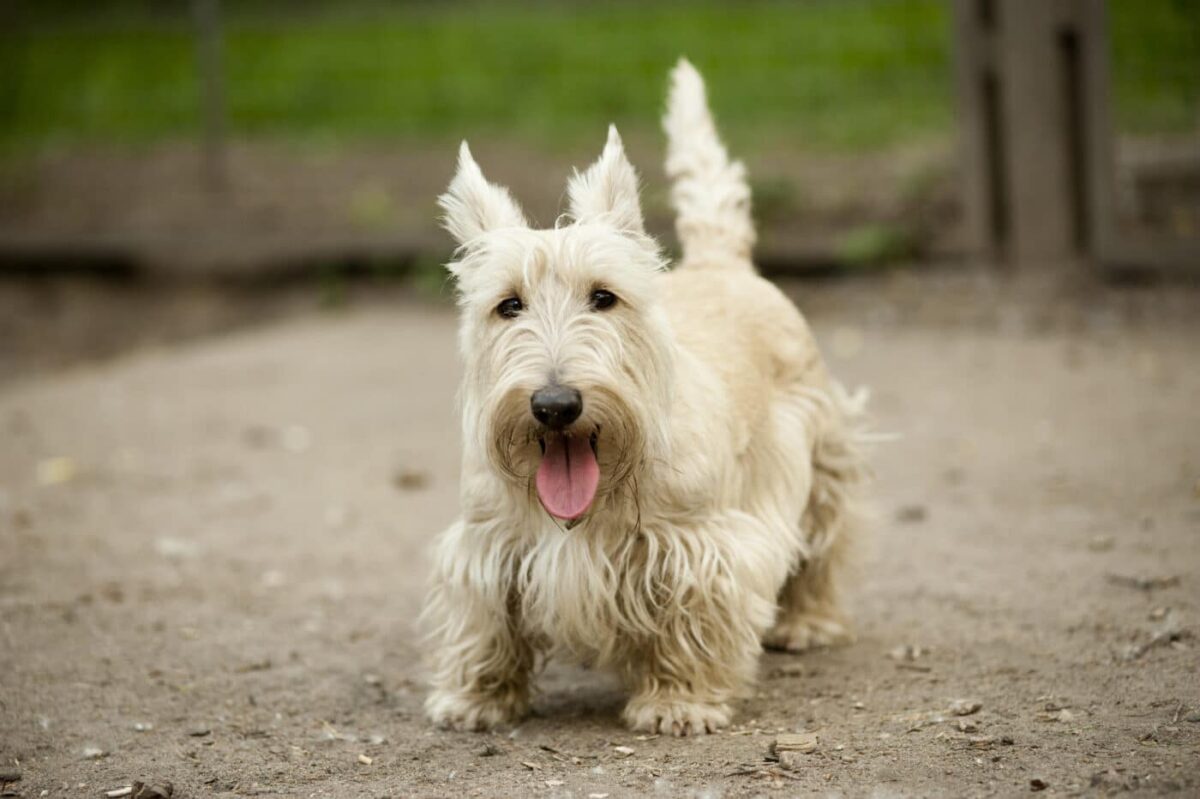 Shutterstock
Shutterstock
With their signature beards and dignified demeanor, Scottish Terriers became icons of strength, intelligence, and charm in early 20th-century art and political portraiture. Popular among British elites and even U.S. presidents like Franklin D. Roosevelt, Scotties were often painted standing proudly by their owners’ feet or perched like little generals surveying their kingdoms. Their bold posture and expressive brows made them a favorite of artists wanting to depict loyalty with a dash of stubborn independence. If any dog looks like it’s silently judging your art collection, it’s a Scottie.
Newfoundland
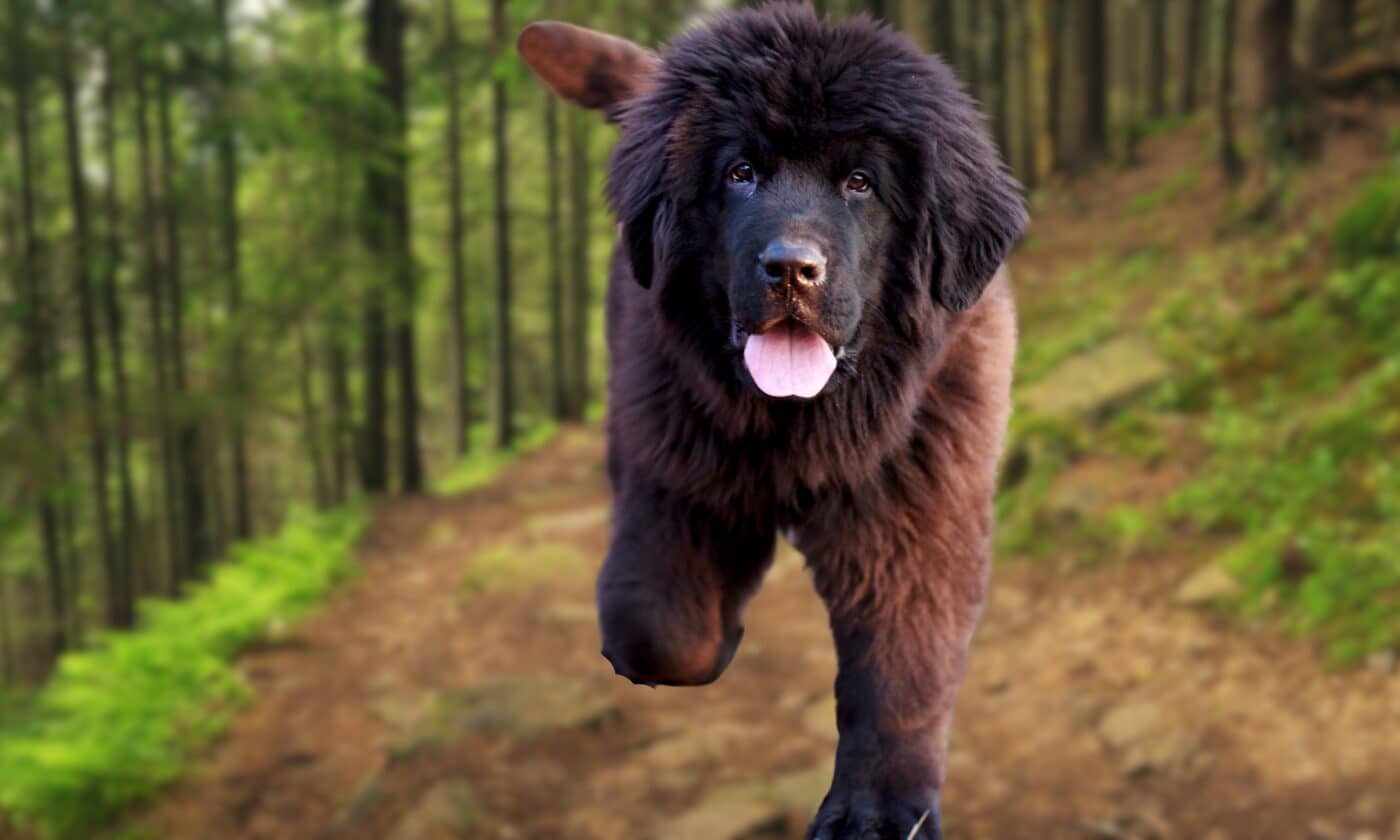 Shutterstock
Shutterstock
While not a common lapdog, the Newfoundland made frequent appearances in Victorian-era paintings as the ultimate symbol of strength, heroism, and gentleness. Artists used them to symbolize protection and virtue, often placing them with children or in dramatic seafaring scenes. Their imposing size contrasted beautifully with their kind expression—making them a painter’s dream subject. Think of them as the visual embodiment of “giant heart, bigger paws.”
Borzoi
 Shutterstock
Shutterstock
With their aristocratic build and flowing coat, Borzois brought an air of mystery and refinement to every canvas they graced. Especially prominent in Russian and Eastern European art, these dogs were often painted alongside czars and nobles. Their svelte, elongated forms offered artists a chance to showcase movement and elegance, whether in a hunting scene or lounging beside a golden throne. If paintings had fashion runways, the Borzoi would’ve strutted right through the middle.
The Brushstrokes of Dog Royalty
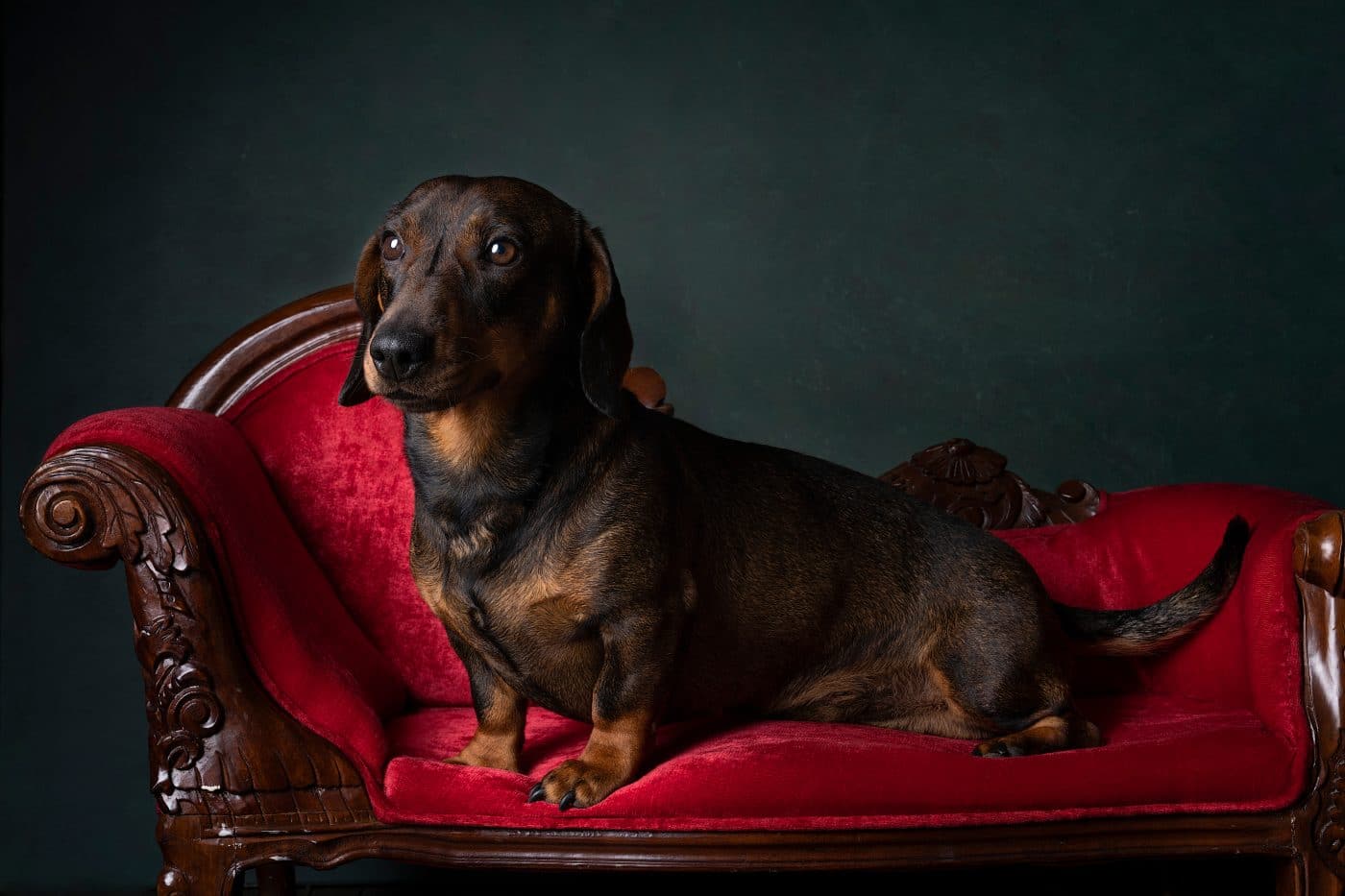 Shutterstock
Shutterstock
These dogs weren’t just painted—they were immortalized in brushstrokes. From adding elegance to royal portraits to stealing focus in pastoral scenes, these breeds knew how to strike a pose worthy of a gallery wall. With timeless charm and the patience of true icons, they earned their place in art history. And if reincarnation exists, let’s all hope to return as one of these regal, four-legged muses—forever captured in oil paint, gazing wistfully into the distance with flawless lighting and a reputation for being the ultimate masterpiece.
 Toledo, United States.
Toledo, United States.